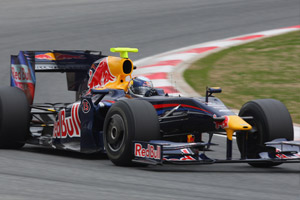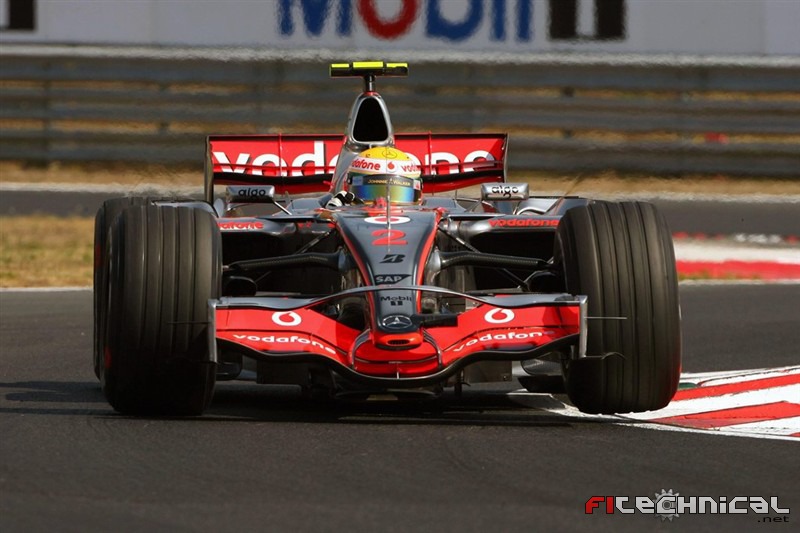That's a false conclusion you've reached there!
Sure there would be some power loss if there were multiple universal joints required to transmit power per wheel but there are no more on the RB5 than any other F1 Car and therefore no reason to believe there is any more power being lost in transmission to the rear wheels.
What kind of joints do they use?
I can imagine they increase the number of connection points in the joint and therefore flatten out the speed difference between differential and shaft during one turn:
http://www.42fordgpw.com/constant.html
Nevertheless there is still the problem that you have two movements superposed.
The rotation of the diff+shaft+tyre and the rotation of the inclined shaft around the differential axis.
This can cause some friction and wear, but I doubt this is a serious problem in F1.
Ideally, a CV joint should operate in a straight line to maximize efficiency. For a racing car designer, this is to design the position of the components so that when under acceleration, the driveline is in a straight line. Of course, as in most designs, compromises have to be made. I discovered this little paper on CV joints, and it appears that if the joint is operating at an angle (which the Red Bull seems to be doing) when under acceleration, heat is generated inside the joint. So a compromised design leads to heat buildup in the joint, and eventually... failure.
http://www.ika.rwth-aachen.de/pdf_eb/gb ... ciency.pdf
Sorry this link is not working.






